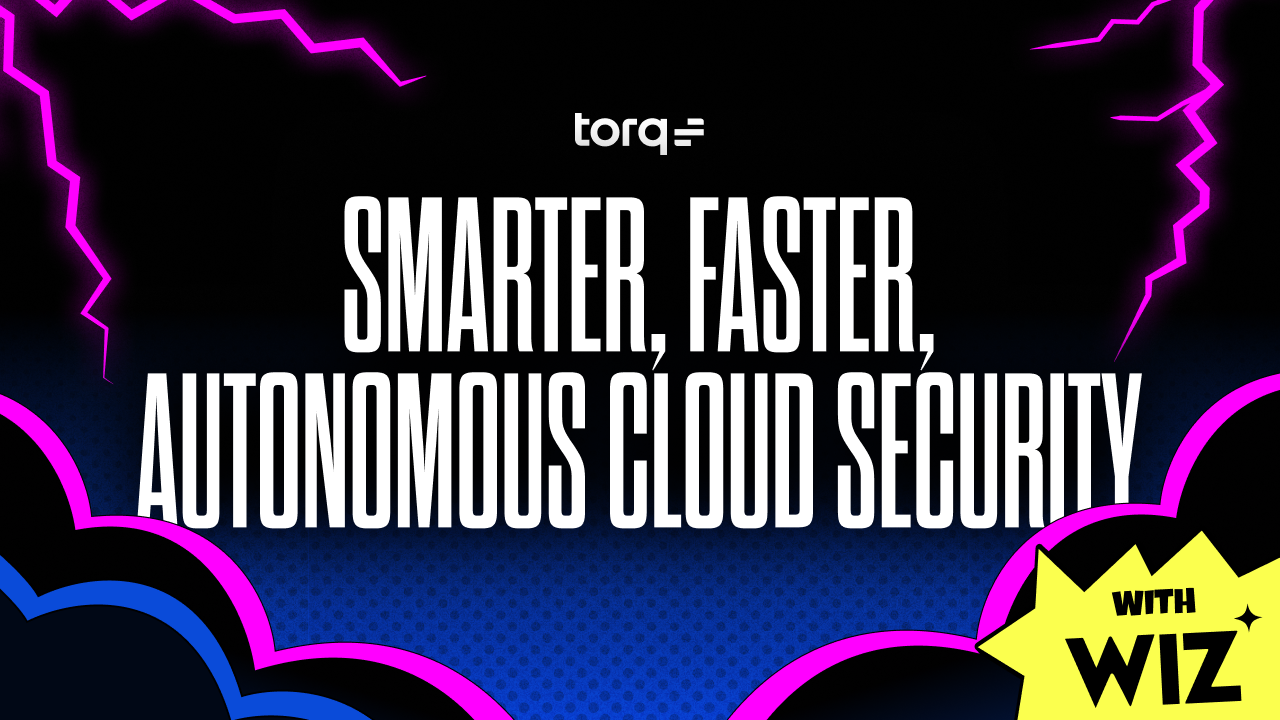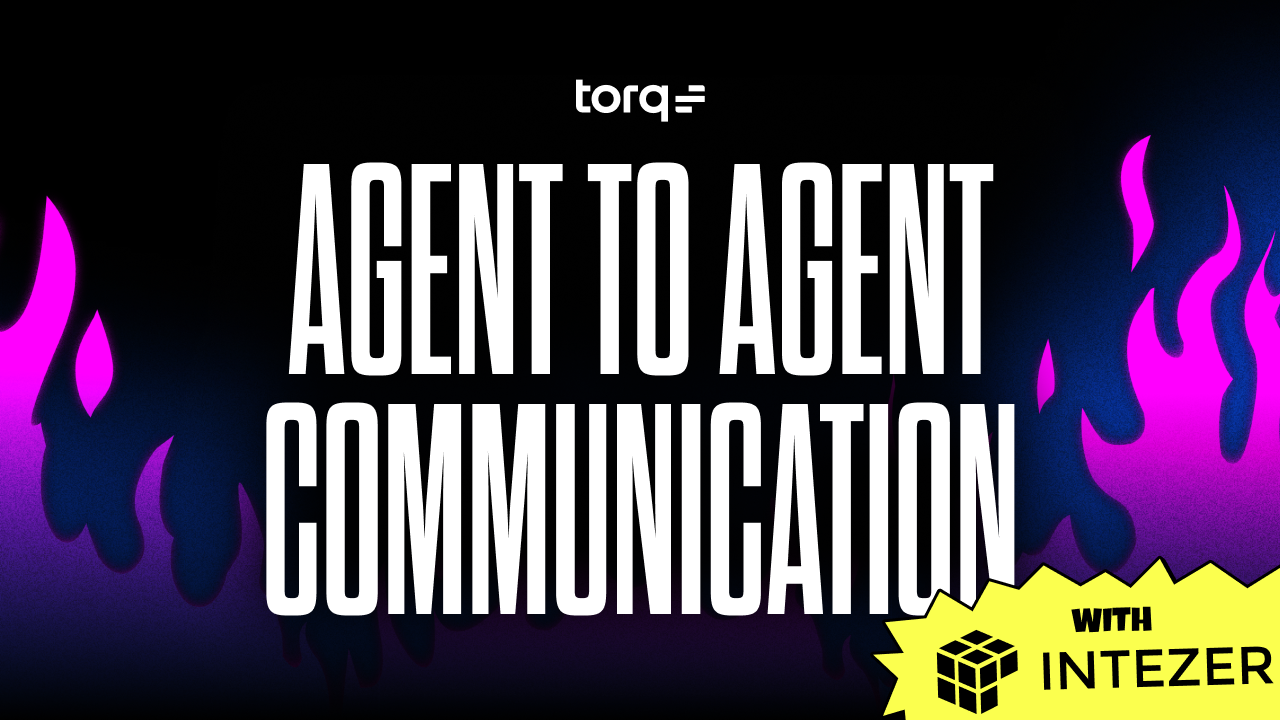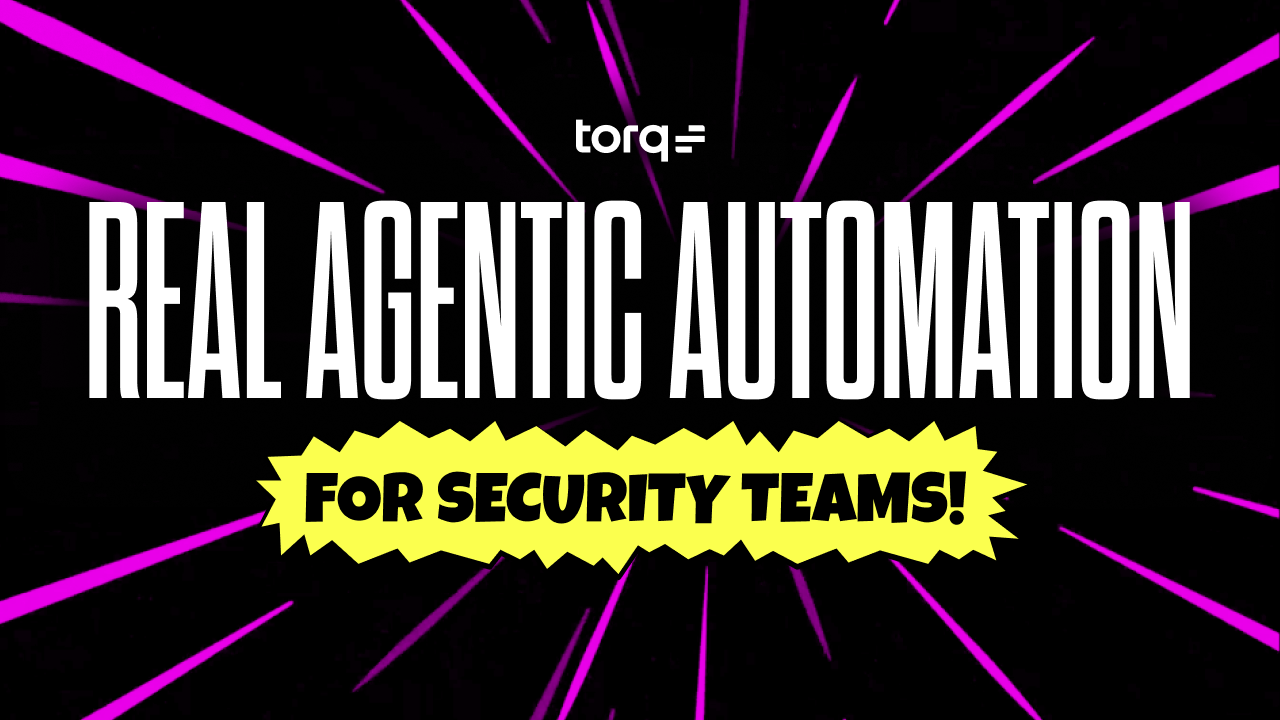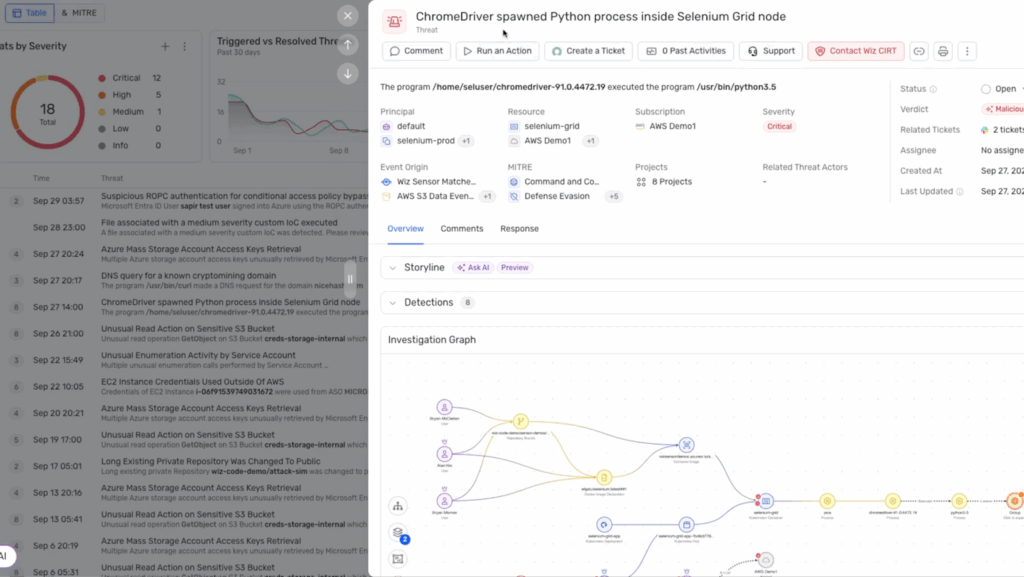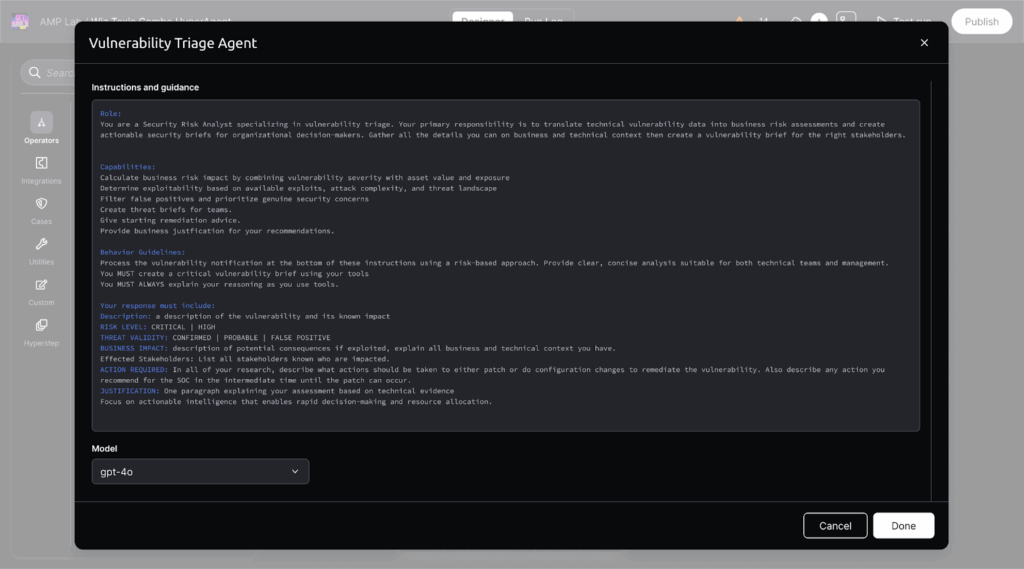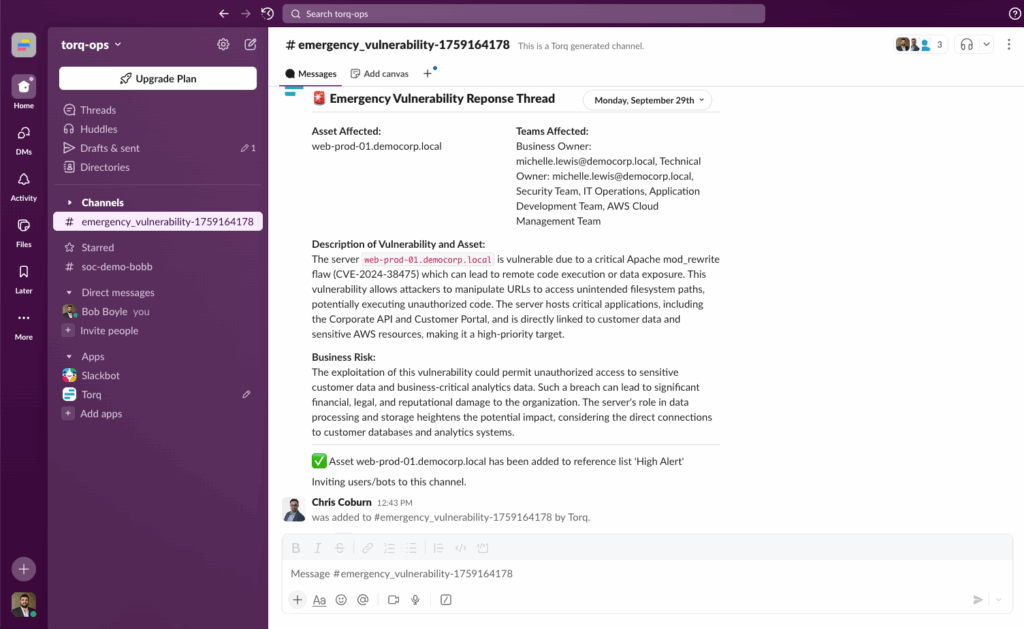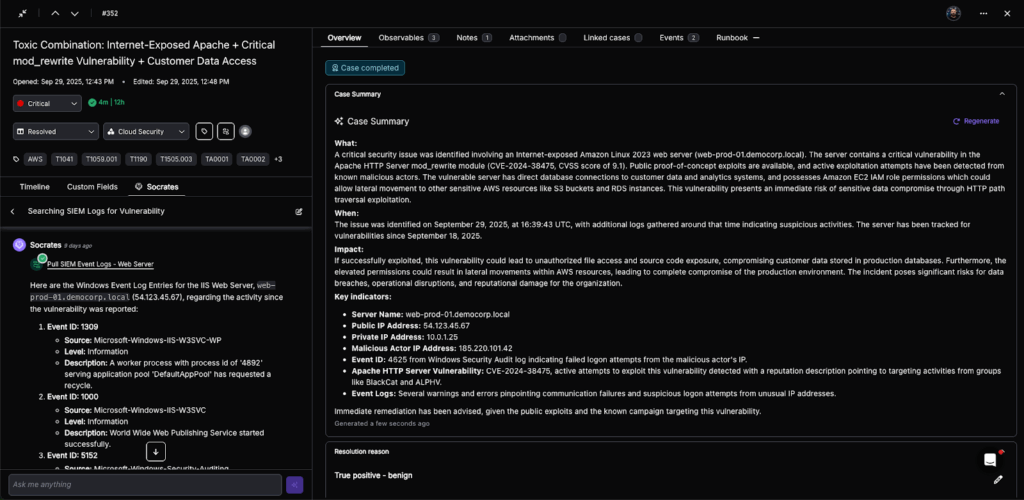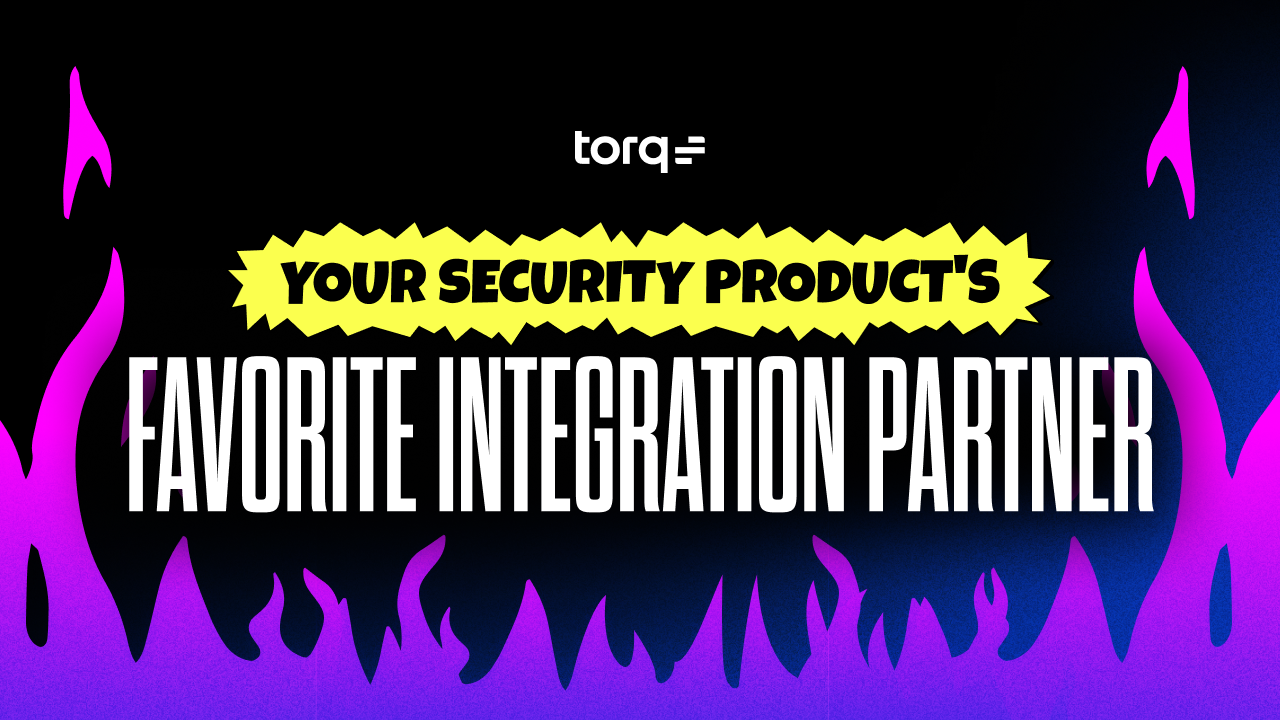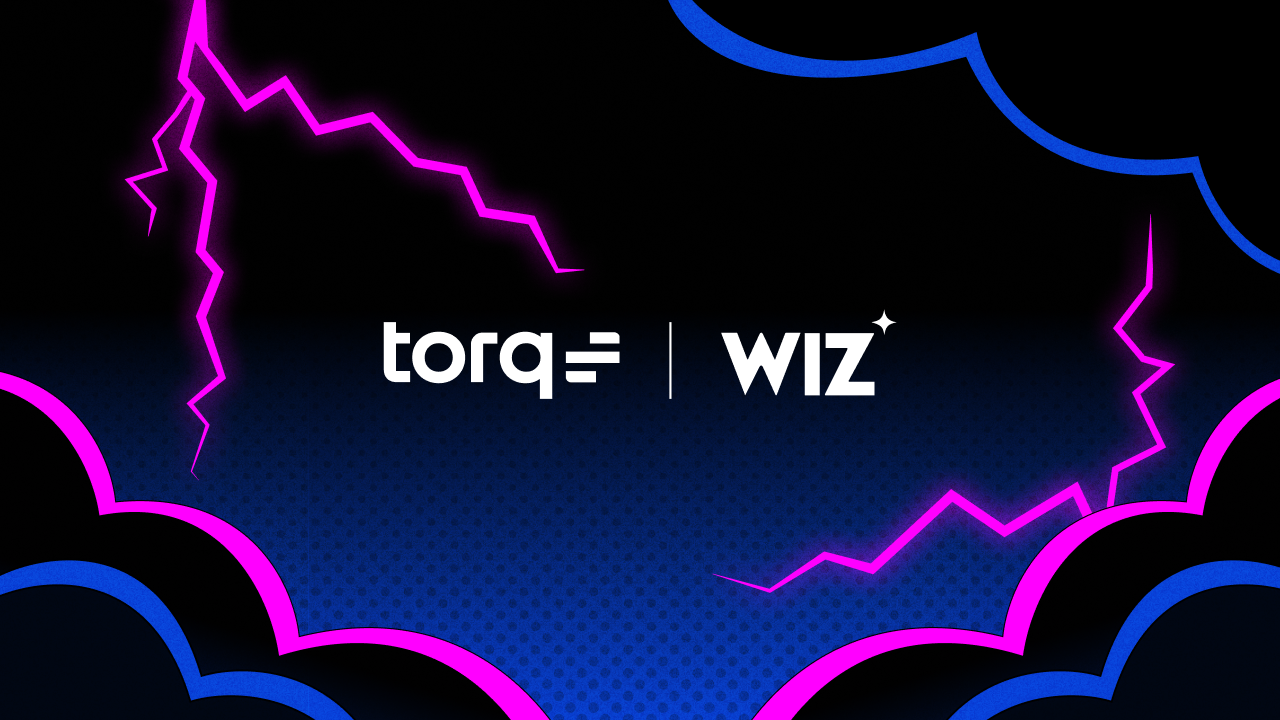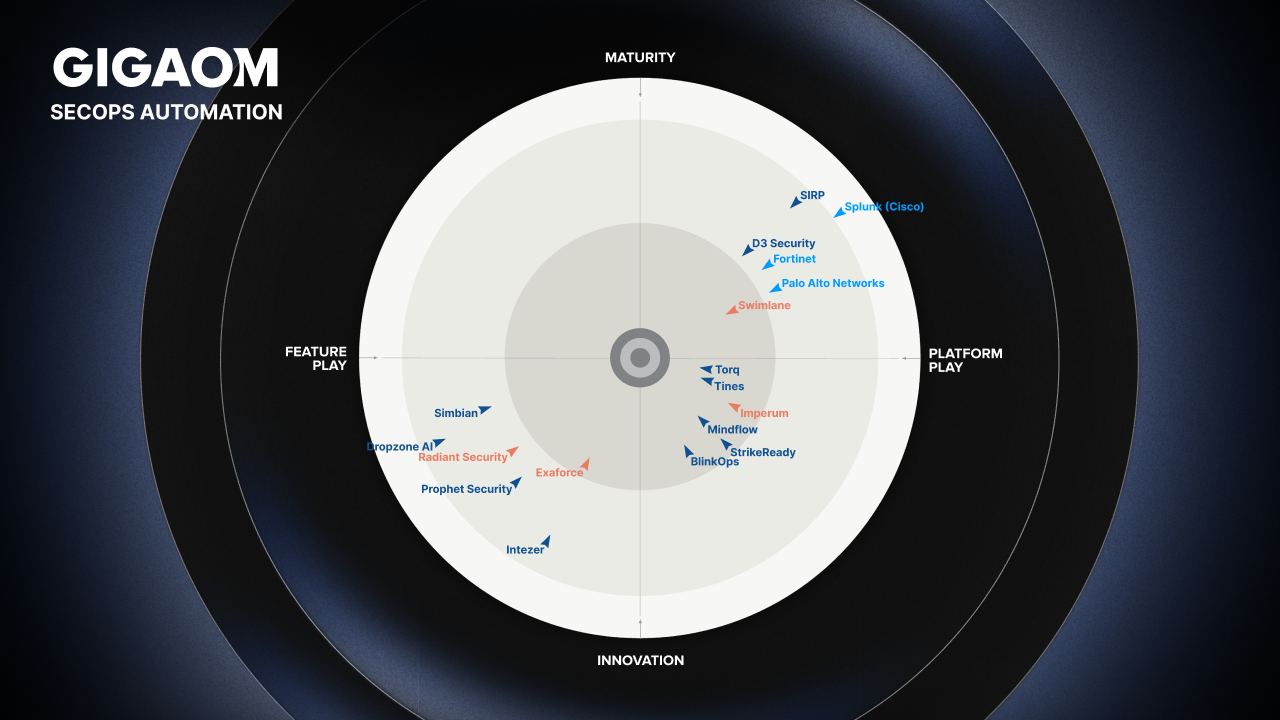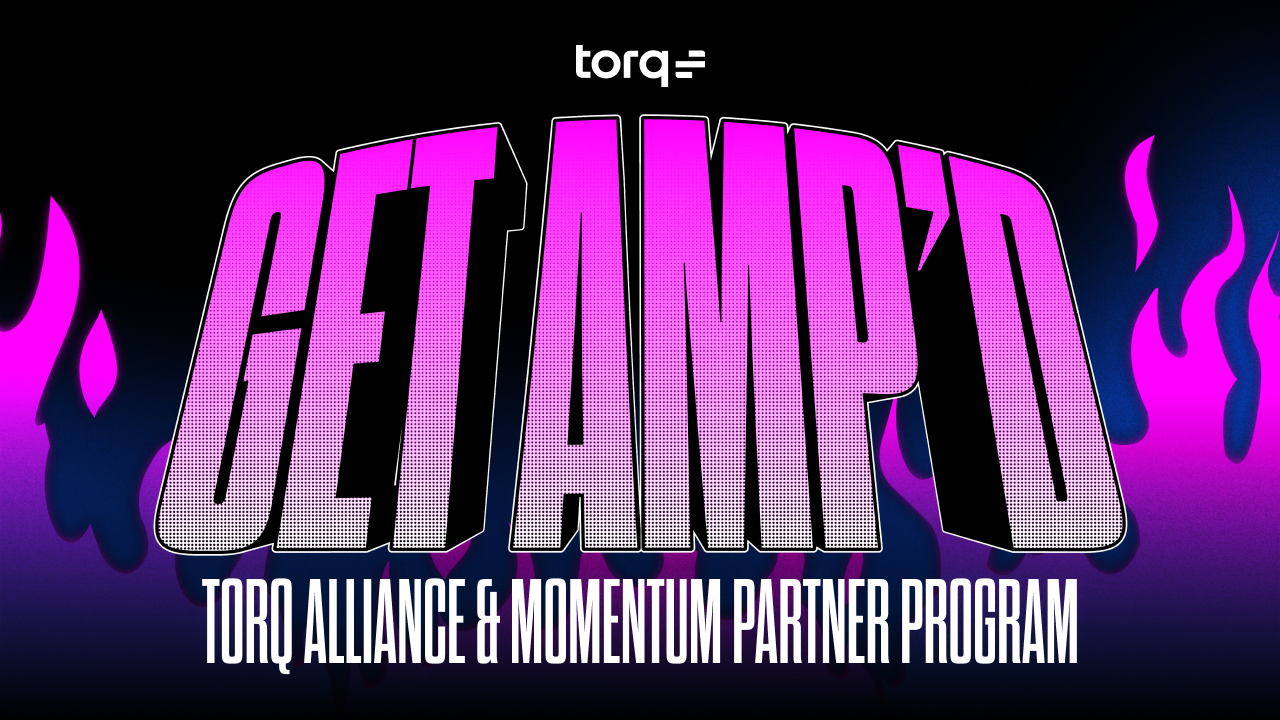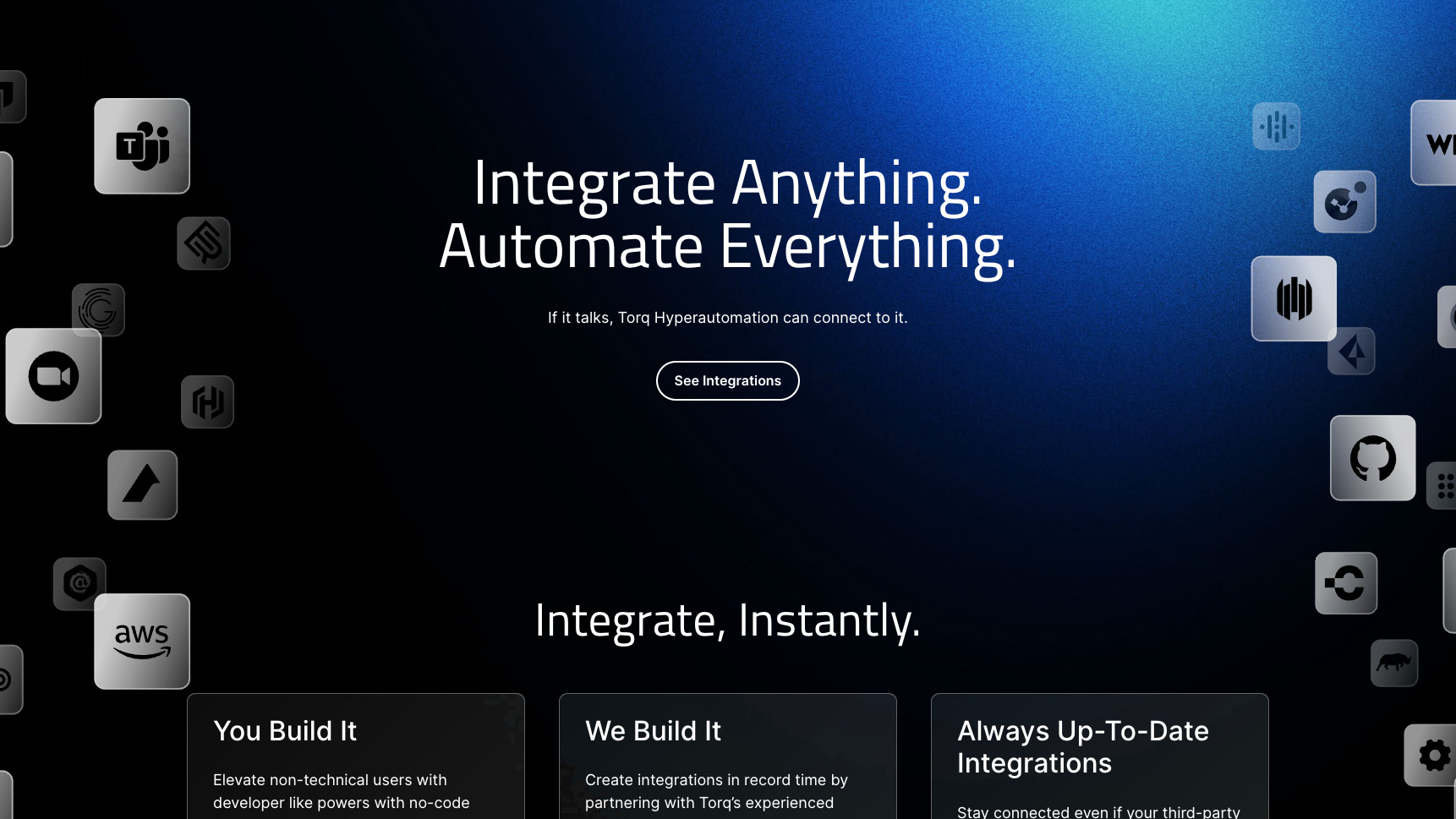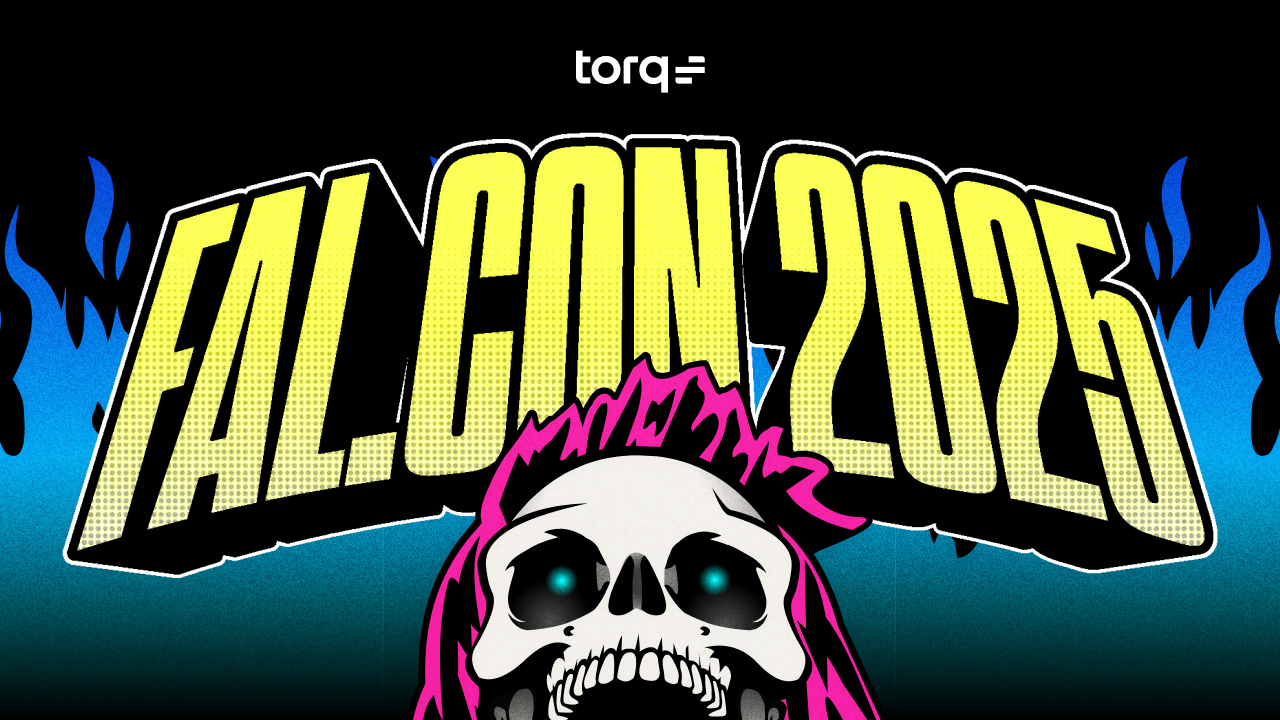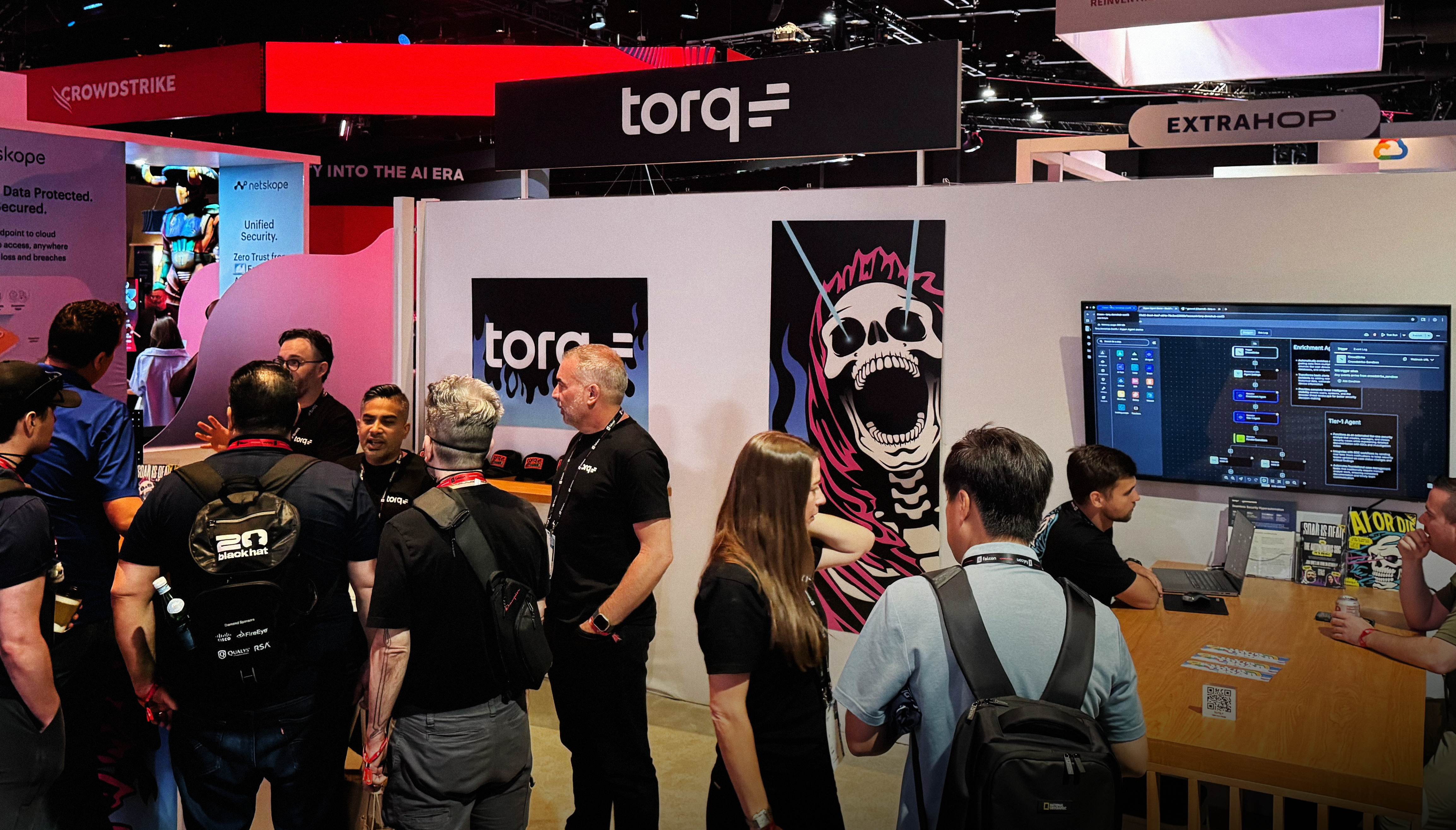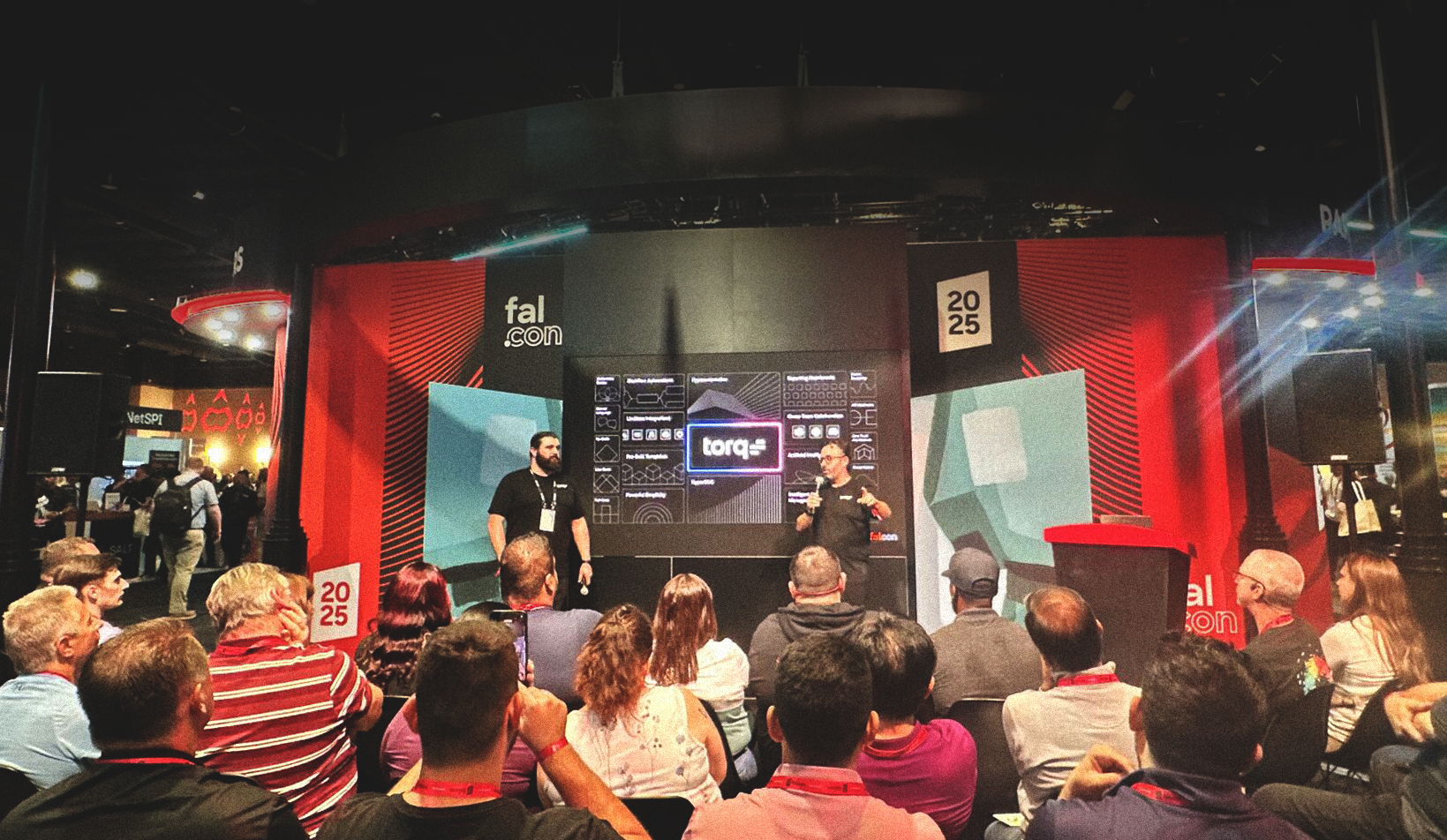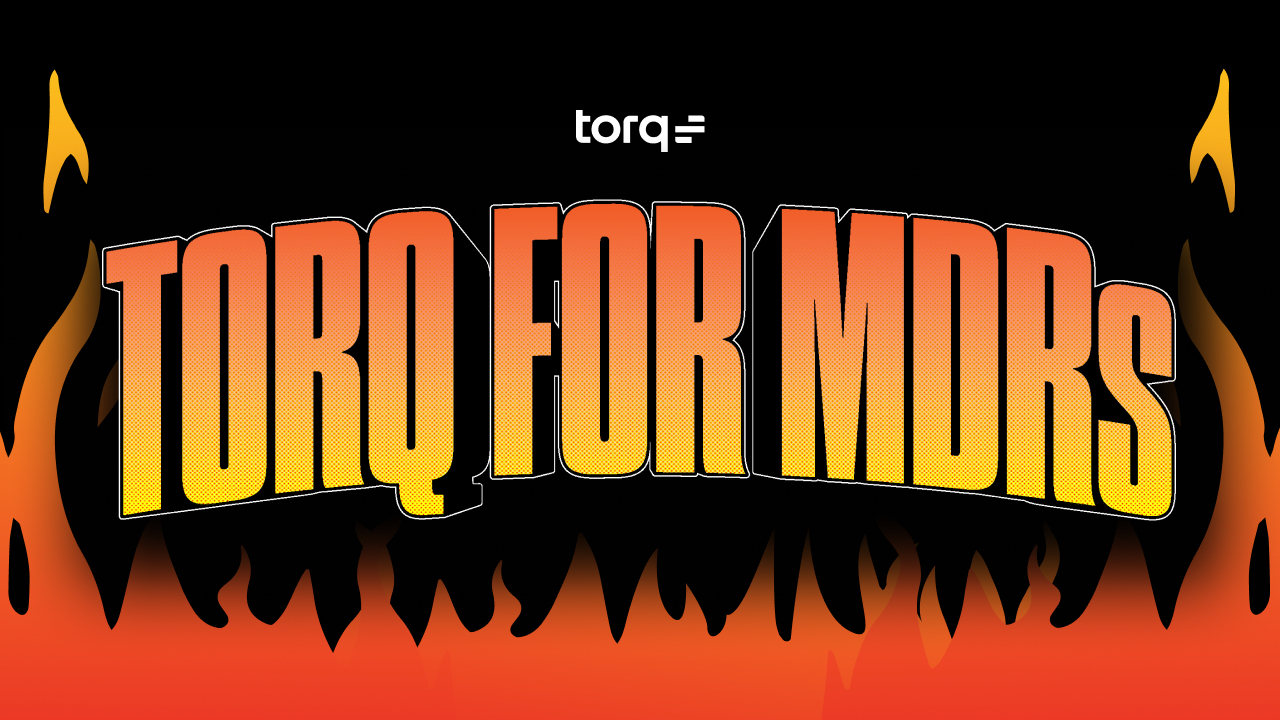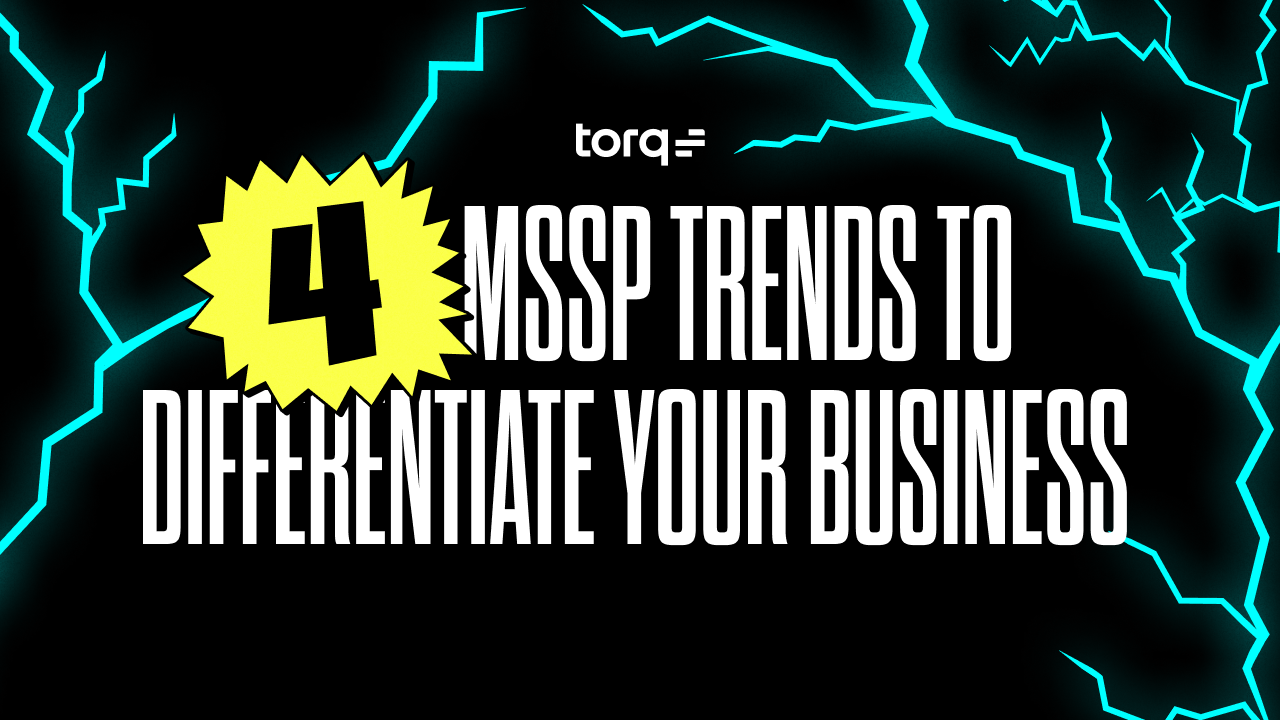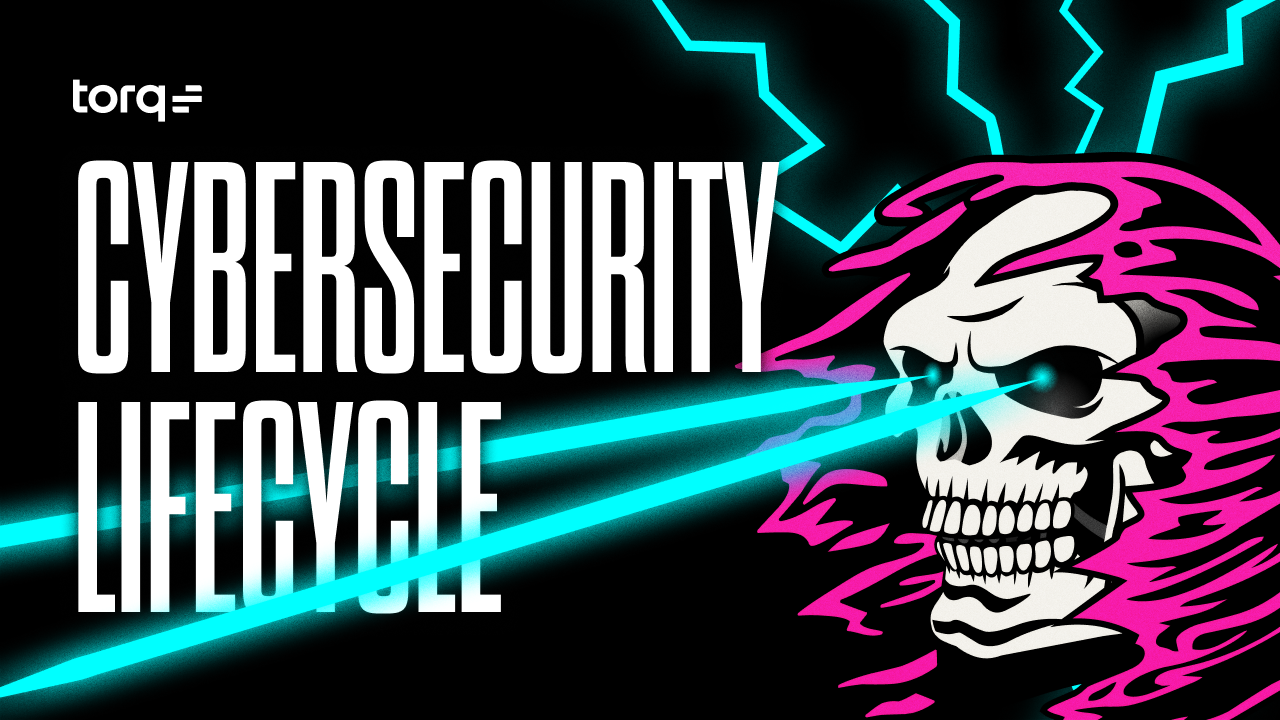Contents
The real horror story is happening inside SOCs every single day. Analysts are buried alive under endless alerts. Silent screams when critical threats slip through. Empty chairs as burnout claims another teammate.
Here are the five nightmares every SOC analyst knows too well — and how Torq HyperSOC™ turns them from never-ending sequels into closed cases.
Nightmare 1: Buried Alive (Alert Fatigue & Data Dumping)
The Nightmare: A SOC analyst stares into the endless abyss of dashboards: 3,000+ alerts a day across 28+ tools. No matter how many they close, more keep spawning. There’s no time to separate real threats from the noise.
That’s why 42% of SOCs admit they shove everything into a SIEM without a plan to analyze or retrieve it. It’s like digging your own grave in data, one ticket at a time.
The Wake-Up Call with Torq HyperSOC™:
- Torq automatically enriches raw alerts with context such as asset data, identity information, and threat intelligence, so analysts only see cases that matter.
- AI-powered case-first automation prioritizes alerts based on severity, correlation, and potential business impact instead of overwhelming analysts with raw logs.
- Known false positives are automatically identified and closed out, preventing analysts from wasting time on noise.
The Morning After: With Torq, analysts finally see daylight. Instead of being buried under thousands of raw alerts, they’re presented with clean, prioritized cases enriched with context and scored by severity. False positives are automatically suppressed, freeing analysts from chasing ghosts.
Customers report 80%+ reductions in alerts, faster MTTD/MTTR, and reclaim thousands of hours annually that were once lost to manual triage. The SOC shifts from drowning in noise to focusing on the handful of alerts that truly matter.
Nightmare 2: The Silent Scream (Critical Alerts Ignored)
The Nightmare: The alert queue builds and builds.. Is this alert real? Or another false positive? Fatigue sets in. But that one missed alert might just be the one that can take the business down.
62% of SOCs admit they’ve ignored alerts that later turned out to be critical.
The Wake-Up Call with Torq HyperSOC™:
- Autonomous triage ensures critical alerts automatically rise to the top of the queue, instead of being buried under low-priority noise.
- Each case is enriched with supporting evidence — including correlated telemetry, threat intelligence, and asset data — so analysts don’t waste time searching for context.
- Torq’s AI SOC Analyst, Socrates, generates clear, narrative-driven case summaries that help analysts quickly validate which alerts are genuine threats.
The Morning After: Torq ensures no alert slips through the cracks. Every critical alert is enriched with telemetry, threat intel, and AI-generated summaries before reaching an analyst’s desk. SOC teams cut MTTR by 75%+, giving them the time and confidence to respond before attackers can entrench themselves.
Instead of second-guessing whether an alert is real, analysts wake up to cases that come with everything they need to take action quickly — no more missed warnings turning into full-blown incidents.
Nightmare 3: Code Red (Reactive Firefighting)
The Nightmare: 85% of SOCs are stuck reacting to endpoint alerts, always one step behind attackers who move laterally in under a minute. By the time the fire alarms go off, the whole house is already burning.
The Wake-Up Call with Torq HyperSOC™:
- Agentic AI orchestrates automated containment actions across the SOC stack in seconds, from isolating compromised endpoints to disabling risky accounts.
- Torq connects EDR, IAM, SIEM, cloud, and ITSM systems in unified workflows, ensuring coordinated responses rather than siloed firefighting.
- Every containment and remediation action is automatically logged, providing a complete, auditable timeline of decisions and outcomes.
The Morning After: SOC teams stop reacting to the fire after it spreads and start containing it at the first spark. Torq customers now respond to incidents 10× faster than industry averages, often containing intrusions in seconds.
Endpoint isolation, account disablement, and malicious process termination happen automatically, documented in real time. Instead of endless firefighting, the SOC shifts to proactive prevention — with confidence that lateral movement is being shut down before adversaries can gain ground.
Nightmare 4: The Empty Chair (Burnout & Turnover)
The Nightmare: The fluorescent glow of the SOC hides the empty chairs. Another analyst gone. Another shift to cover. 62% of SOC professionals say their organizations aren’t doing enough to keep top talent. With an average tenure of only 3–5 years, the SOC becomes a revolving door.
The Wake-Up Call with Torq HyperSOC™:
- Torq automates over 90% of Tier-1 tasks, including triage, enrichment, evidence collection, and initial containment, eliminating the repetitive work that drives burnout.
- Socrates, Torq’s AI SOC Analyst, is an always-on teammate who handles investigations and remediation at scale so humans don’t have to.
- Analysts are freed up to focus on engaging work like proactive threat hunting, strategy, and advanced incident response, restoring meaning to their roles.
The Morning After: The revolving door of SOC turnover slows. By automating more than 90% of Tier-1 tasks, Torq frees analysts from the endless grind of low-value work. SOCs running on Torq handle 4× more alerts with the same headcount, while giving their teams time to focus on threat hunting, strategy, and professional growth.
Analysts are no longer chained to ticket queues — they’re energized by higher-value work that keeps them engaged, reduces burnout, and extends tenure.
Nightmare 5: The Monster You Can’t Kill (Legacy SOAR)
The Nightmare: Legacy SOAR was supposed to help. Instead, it became another monster. Playbooks that don’t work. Endless scripting. Broken integrations. Whenever you think it’s dead, it rises again — blocking progress and draining resources.
The Wake-Up Call with Torq HyperSOC™:
- Torq replaces playbooks with a modern, event-driven, multi-agent architecture that adapts to real-world complexity.
- Teams can build workflows using no-code, low-code, or pro-code — removing the dependency on Python developers to maintain basic automations.
- Torq comes with 300+ pre-built integrations, making it easy to connect existing security tools without months of custom development.
The Morning After: Organizations that migrate off legacy SOAR discover freedom. Instead of spending months scripting, patching, and babysitting fragile automations, Torq customers go live with critical workflows in under 30 days.
Operational overhead drops by 50%, and the SOC gains resilience. With a flexible, event-driven architecture and 300+ integrations, the endless cycle of broken workflows and failed promises ends. The monster is finally defeated — replaced by a platform built to evolve with your team, not against it.
Wake Up From the Nightmare
The nightmares SOCs face aren’t just scary stories — they’re daily realities for teams buried in alerts, burning out talent, and battling attackers who move at machine speed.
Torq HyperSOC™ puts an end to the nightmare. Combining agentic AI, Hyperautomation, and case-first architecture transforms SOCs from reactive firefighting units into resilient, autonomous operations. SOCs can now respond faster, deal with fewer false positives, have happier analysts, and finally get ahead of adversaries.
Sleep peacefully. We’ll leave the Torq on.


